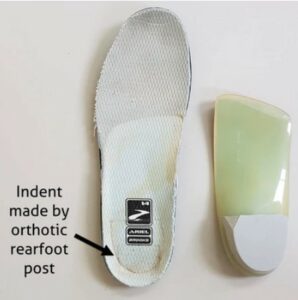
Orthotics Causing Posterior Heel Edge Blisters: Lesson #5 From Adelaide 2019
Orthotics can cause posterior heel edge blisters when they sit ever so slightly forward in the shoe. Thankfully, there’s an easy fix – doublesided tape.

Orthotics can cause posterior heel edge blisters when they sit ever so slightly forward in the shoe. Thankfully, there’s an easy fix – doublesided tape.

Does faster rubbing cause blisters more than slower rubbing? Counterintuitively, no! We know this thanks to blister research performed all the way back in 1955.
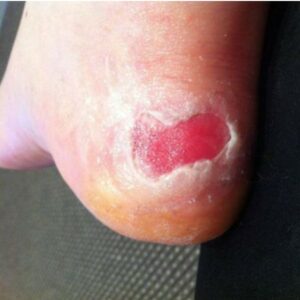
Foot ulcers, calluses and blisters are all caused by the same thing – repetitive skin shear. That is, high friction force (pressure and COF) and bone movement.
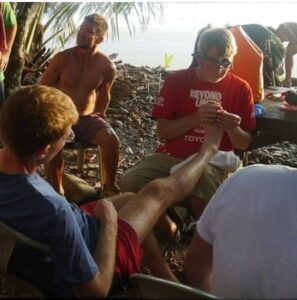
Foot care at multiday athletic events is vital. It can be the difference between a participant finishing or pulling out. But is it sustainable or realistic?

Friction is unmistakably part of what causes foot blisters. This is bad friction. However, there is good friction. In fact, it’s vital to the way we walk.
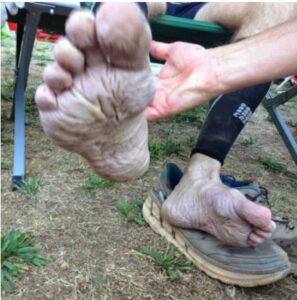
What is skin maceration? Macerated skin is water-logged skin. It’s looks white, wrinkly and it’s weakened. Let’s look at maceration through the microscope.

When it comes to friction blisters on the feet, is rubbing the problem? The solution? Or both? Let me explain the rubbing paradox.
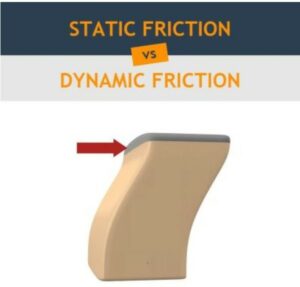
Static friction causes blisters because it results in more shear stress than dynamic friction. Imagining the foot as a wobbly box helps to explain.
Education, tools and resources to help you, your patients and your practice master blister prevention!
A monthly digest of clinical learnings to help sharpen your blister prevention skills.
© 2024 All Rights Reserved.